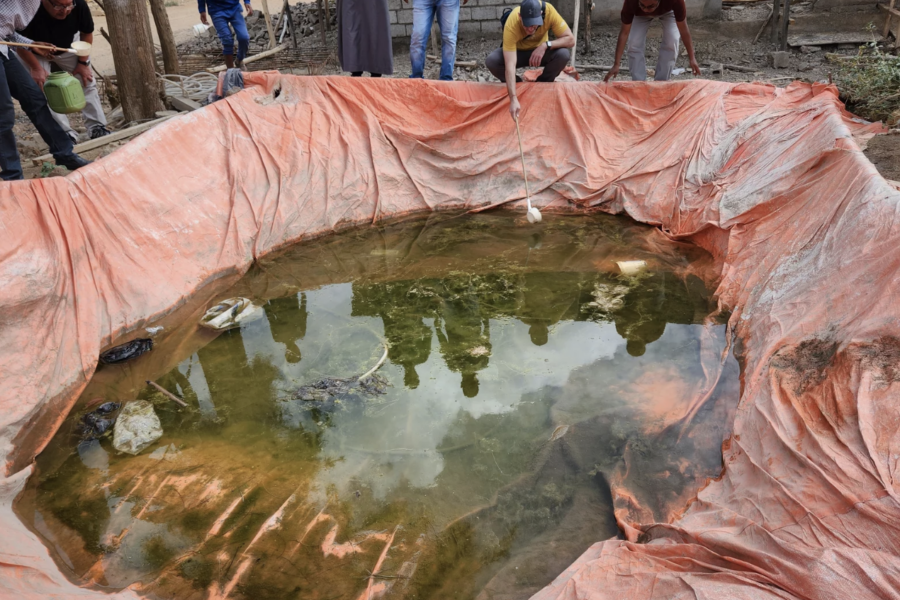About a decade ago, a new kind of mosquito began showing up in African cities. Native to Asia, Anopheles stephensi prefers crowded urban environments over rural ones. That spelled trouble: These mosquitoes transmit malaria.
It’s especially bad news for Africa where more than 93% of the world’s quarter-billion malaria cases were identified last year.
“The challenge relates to a new species invading an area in which most people have never been exposed to malaria,” says Gonzalo Vazquez-Prokopec, an environmental scientist at Emory University. “And that could lead to severe outbreaks and transmission — you know, epidemic malaria.”
New research by Vazquez-Prokopec and his collaborators, published in Lancet Planetary Health, may offer some hope.
The researchers found that a surge in construction could be giving A. stephensi the foothold it needs to survive year-round, which, in turn, suggests a number of interventions that might dramatically knock down the insects’ numbers.
